#Farnese Bull
Text
Back in Naples - weeks before Covid -soon we were all told to stay home.
On the 6th January 2020 I returned to Naples not realising it was going to be my last foreign journey anywhere for two years. On 31st January two Chinese tourists in Rome were tested positive for the Covid virus and the Italian government declared a state of emergency. The first case of Covid was documented in the UK that day too, followed by a series of lockdowns beginning in March.
Soon we…
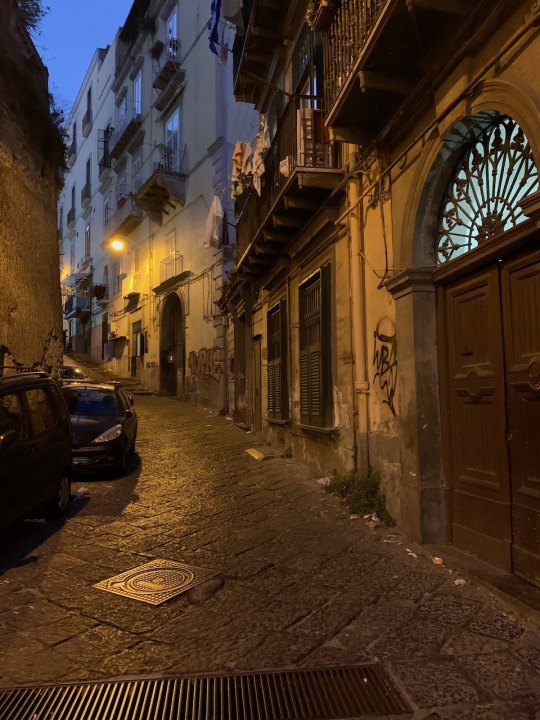
View On WordPress
#Cappella Sansvero Naples#Caravaggio#Church of Pio monte della Misericordia Naples#covid#Cristo Velato#Doryphorus#Farnese Atlas#Farnese Bull#Farnese Hercules#Farnese marbles#Farnese Runners#Giuseppe Sanmartino#Italian holidays#Italy#Museo Archeologico Nazionale di Napoli#naples#National Archaeological Museum Naples#Polykleitos#Raphael#sculpture#statues#The Veiled Christ#Titian
0 notes
Text
Giulia: Juno?
Vanozza: Well spotted, Giulia Farnese. And you are?
Giulia: You may call me Minerva.
Vanozza: Ah. And to think. You were Venus once.
Giulia: And I soon may be a vestal virgin.
Vanozza: You fear for the constancy of your lover's affections?
Giulia: And, if I may be so bold, I would ask for your advice.
Vanozza: When his eye wanders? As it did from me to you?
Giulia: You must hate me.
Vanozza: No. And if you would take my advice, don't do as I did. Rage, remonstrate. Play the wounded wife.
Giulia: No? So what is the Goddess Juno's advice?
Vanozza: He is Janus tonight, is he not? He looks both ways. Allow him his fancy. Let him look both ways. But be sure one of those gazes falls on you.
#The Borgias#02×01: The Borgia Bull#rewatch#quotes#Giulia Farnese#Vanozza Cattaneo#V#I love this exchange#and I love how there's no hatred between women.#They know they live in men's world#and they support each other even when one takes another's place.#MU rewatches TB
4 notes
·
View notes
Text

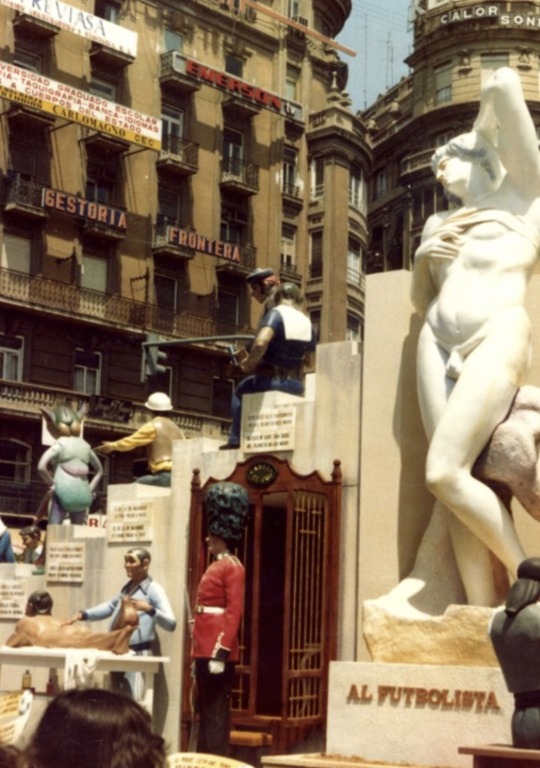



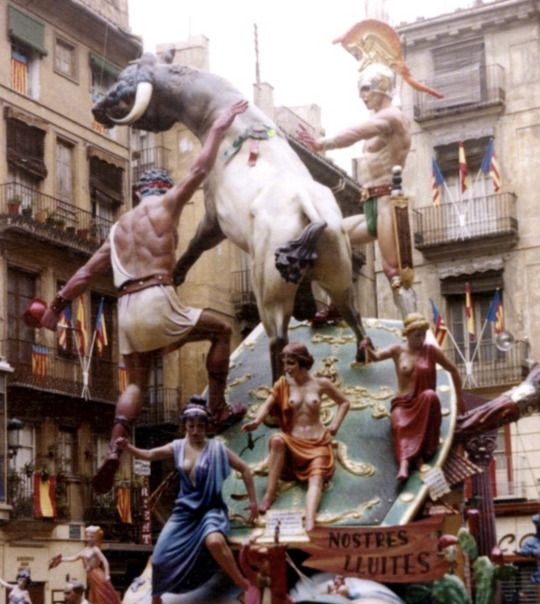


ive had a quick look through the main fallas archive blog i know of to look at the art references........ i've got: rubens three graces, michalengelo slave, dürer adam eve, soria horse, michelangelo moses, farnese bull, ??? (rings a bell but can't place it), hercules vs antaeus
9 notes
·
View notes
Text

Farnese Bull, Apollonius and Tauriscus of Tralles, ca. 100 BC, Roman copy, marble, Naples
46 notes
·
View notes
Text
Explaining One of VTMB Paintings (part 15)
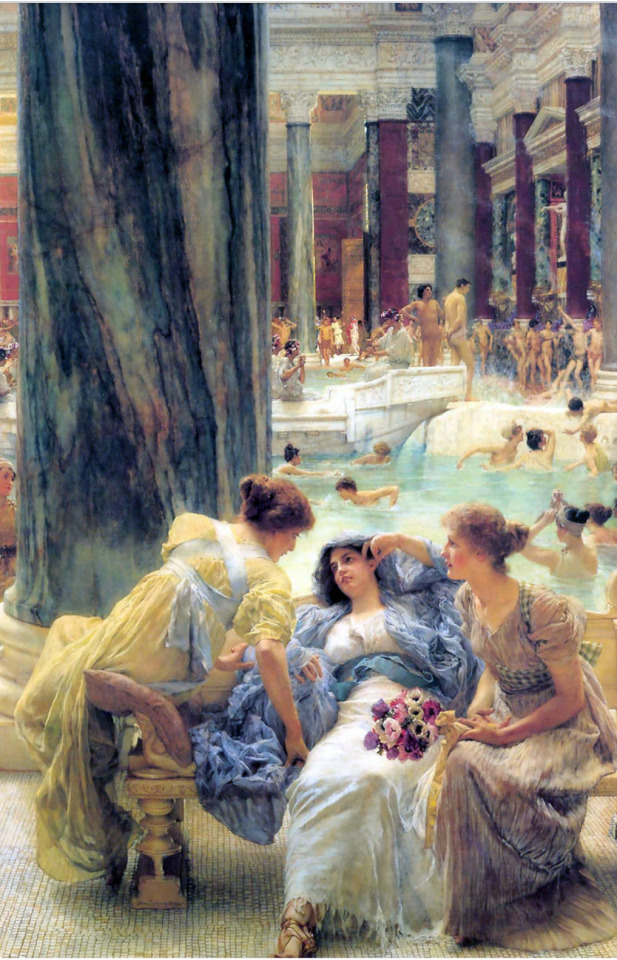
The Baths of Caracalla, oil on canvas (1899) by Sir Lawrence Alma-Tadema
Sir Lawrence Alma-Tadema(Jan 8 1836- Jun 25 1912) was a Dutch painter born in Dronryp , Netherlands and later became a UK denizen(an old legal status were you were able to own land and like in the UK without being a Citizen but still enjoying most of the rights). His art styles include both Romanticism (which this painting is) and Neoclassical.Before 1860s many of his works were of Merovingian subjects(Merovingian Dynasty was a Frankish(Germanic people who lived in what’s now part of Modern day France) ruling family in power from the mid 5th century to 751). His painting The Clotilde and the Tomb of her Grandchildren [1859 ](see below) is an example of Merovingian subject matter in a NeoClassical style. Despite his foundness Merovingian subject was not very popular on the international art market so he switched to painting focused on more popular subjects to depict in his artwork mostly focused on as historic/ ancient Egyptian, Roman and Greek subjects and events.

The Clotilde and the Tomb of her Grandchildren, oil on canvas (1858) by Sir Lawrence Alma-Tadema
Romantic art focused on emotions, feelings, and moods of all kinds including spirituality, imagination, mystery, and fervor. The subject matter varied widely including landscapes, religion, revolution, and peaceful beauty. The brushwork for romantic art became looser and less precise. The great Romantic artist Caspar David Friedrich summed up Romanticism saying "the artist's feeling is his law".
The Baths of Caracalla is a real Roman public bath built in Rome, Italy (the second largest in the city) sometime between 212 AD and 217 AD and was in operation until around 537 AD when it fell into disuse. The paining shows the historical imagination of what the baths would have looked like during the height of its popularity as it would be a major social space public space.
Historically Roman public baths acted as community centers where free and included access to a wide verity of atonal features such as gymnasiums for men to exercise; statues, murals and other public works of art; restaurants to buy multiple types of food and even a library that allowed everyday Roman citizens access to literature works they wouldn’t be able to offers to buy. Roman Public baths acted as not only bath houses but as a Library, gym, spa, restaurant and public art gallery. The waters of the baths were heated by a hypocaust, a heating system where coal and wood is burned under the ground.

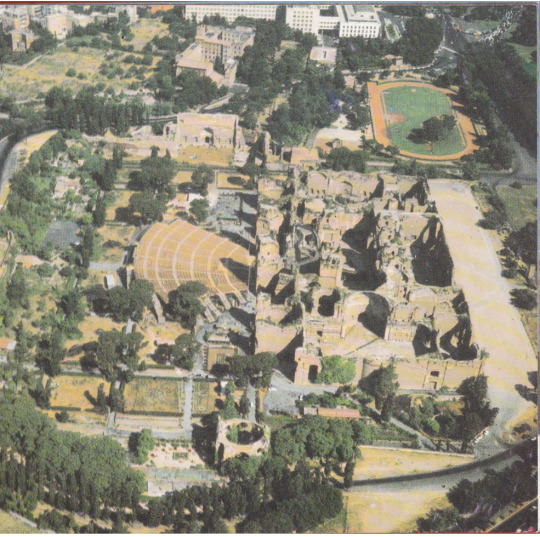
The baths were most likely built by emperor Septimius Severus (part of the Severan Family) as they are located in the southern part of Rome where during that time members of Severan family were known to commission a number of public works in that specific area of the city for political favor. The site the baths were built on where originally part of a Garden estate known as horti Asiniani by Gaius Asiniani Pollio during the reign of Augustus( first emperor of Rome 63 BC to 14 AD, so about 200 to 260 years before the construction of the baths). The Garden was home to a number of sculptures such as the Farnese Bull which were kept as part of the public art displays of the baths when they were in use. During the height of its popularity the baths are estimated to have a daily capacity of 6,000 to 8,000 visitors a day.

Farnese Bull, marble sculpture (2nd century BC) by Apollonius of Tralles
Even after falling into ruin the Caracalla baths still found use as in the 14th century a Christian pilgrim site was set up near by due to the proximity to the Church of Saint Nereo e Achilleo( built facing the baths in the 4th century) and was used by the pilgrims as their main water source. But in 537 AD during the war of the Gothic war the city’s water supply was cut by Vitiges of the Ostrogoths and the baths were once again abandoned.

During the 6th and 7th century the baths were still in the very sparely populated area of Rome and were used to burry pilgrims who died in the xenodochium ( hospital specifically for treatment of foreign pilgrims) of the Church of Saint Nereo e Achilleo. Then starting in the 12 century the baths were used as a quarry for stone and decorative masonry that were often used in the construction of churches. In the 15th century Pope Pius II used stone from the baths in the construction of the Loggia of the Benediction (fancy decorative balcony used by the Pope) at St Peters Basilica, Vatican City. (See photo below)
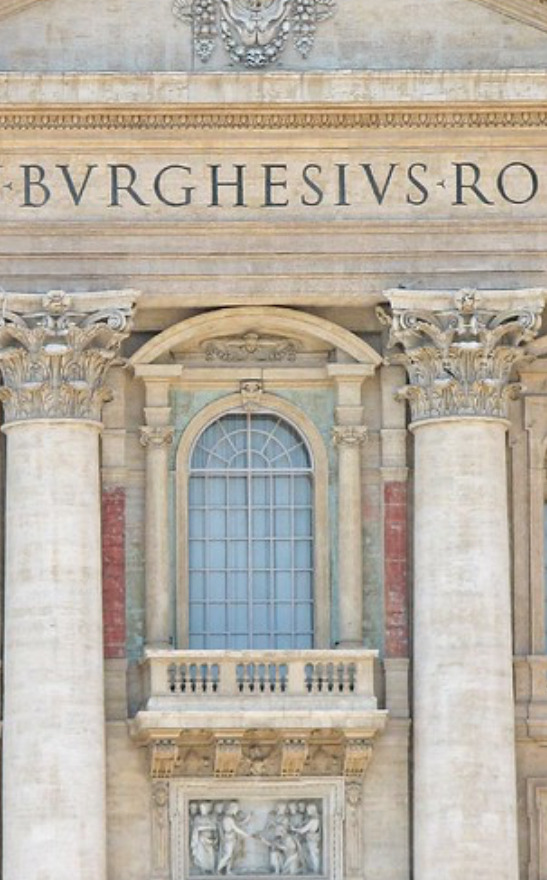
it wasn’t until the 16th and 18th century when interest in restoring the Baths as a historic site began. With the excavation of the baths beginning in 1824 by Count Egidio di Velo.
The Baths of Caracalla have been a popular subject of a number of different art works over the years by a wide number of artist who ether are depicting historical scenes of artist imaginations of the baths in its prime or capturing architectural beauty that remained even after it fell into ruin. (see examples below)

Baths of Caracalla Rome: interior of the Tepidarium, watercolor (1845) C.R. Cockerell and assistant Jackson used in lecture of architecture. Image based on illustration based of detailed restoration done on the baths found in a book published by French architect G.A Blouet in 1828.

Interior of the Baths of Caracalla, print if etching with watercolor and gouache(circa 1780) by Swis painter and engraver Abraham-Louis-Rodolphe Ducros.
#vampire the masquerade bloodlines#VTMB#explaining one of vtmb paintings#art history#romanticism#The baths of Caracalla#Ancient Roman#Sir Lawrence Alma-Tadema
1 note
·
View note
Text
Sept 29, 2022: Rome - Part II
Church of St Ignatius of Loyola

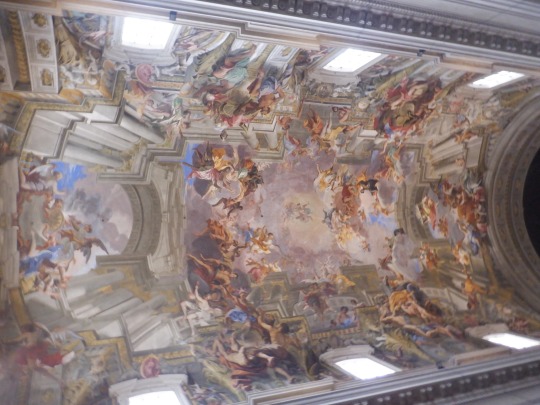
Trevi Fountain

Kim’s final request was to walk by the Imperial Forums and the Coliseum on the way to my choice for today, the Terme of Caracalla. In all my 8 other trips to Rome, I have never seen this public bath house because we were always just too busy elsewhere. As well, it is on the periphery of Ancient Rome on the Avantine hill, just beyond the Circus Maximus. This is possibly the most impressive ruin I have seen from Ancient Rome excepting the Coliseum. While all of the marble has been stripped off the concrete and brick inner structure, it still impresses with is scale and the sheer arrogance of its builders. It served 6,000 people at any one time in its three pools (frigidarium, tepidarium and calderium), an Olympic sized pool (complete with modern art installation below) and two wings for lounging and socializing. Excavations since the 15th century have unearthed several amazing sculptures that decorated it, including the Farnese Bull, carved from a single block of marble and currently in a museum in Naples. Most interesting of all was that no one was there,so it was a chance to escape the hoards following their tour guides.





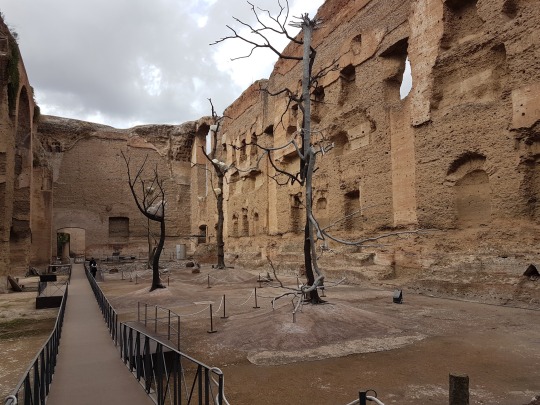
Farnese Bull
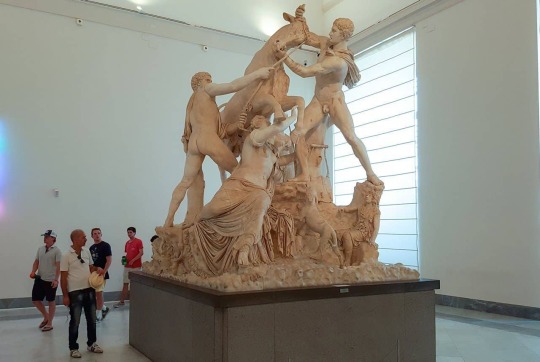
After a 13 km walk across Rome we were done for the day. Subway and a train and we were safely back at Hotel Villa Rosa.
1 note
·
View note
Video
The Farnese Bull by FotoFling Scotland
Via Flickr:
The Farnese Bull is a massive Roman elaborated copy of a Hellenistic sculpture. It is the largest single sculpture yet recovered from antiquity. Along with the rest of the Farnese antiquities, it has been since 1826 in the collection of the Museo Archeologico Nazionale Napoli in Naples. Pliny the Elder mentions what was presumably the prime version of it as the work of the Rhodian artists Apollonius of Tralles and his brother Tauriscus, stating that it was commissioned at the end of the 2nd century BCE and carved from just one whole block of marble. It was imported from Rhodes as part of the remarkable collection of artwork and sculpture owned by Asinius Pollio, a Roman politician who lived during the years between the Republic and the Principate. This colossal marble sculptural group represents the myth of Dirce first wife of Lykos, King of Thebes. She was tied to a wild bull by Amphion and Zethus, the sons of Antiope, who wanted to punish Dirce for the ill-treatment inflicted on their mother.
10 notes
·
View notes
Photo

Jeff Koons (American, born 1955), Antiquity (Farnese Bull), 2009-12. Oil on canvas, 274 x 213 cm
#art#painting#contemporary art#american art#jeff koons#koons#contemporary#antiquity#farnese#bull#farnese bull
11 notes
·
View notes
Photo

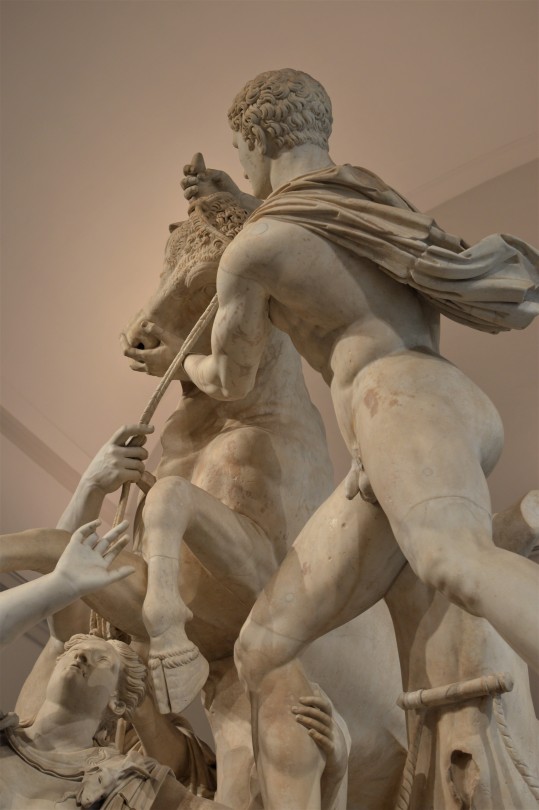



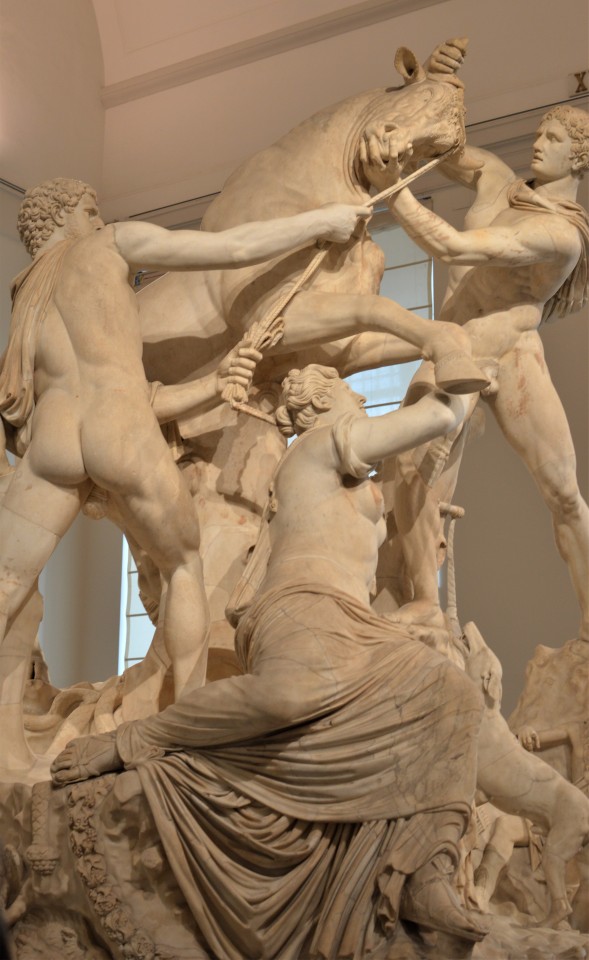

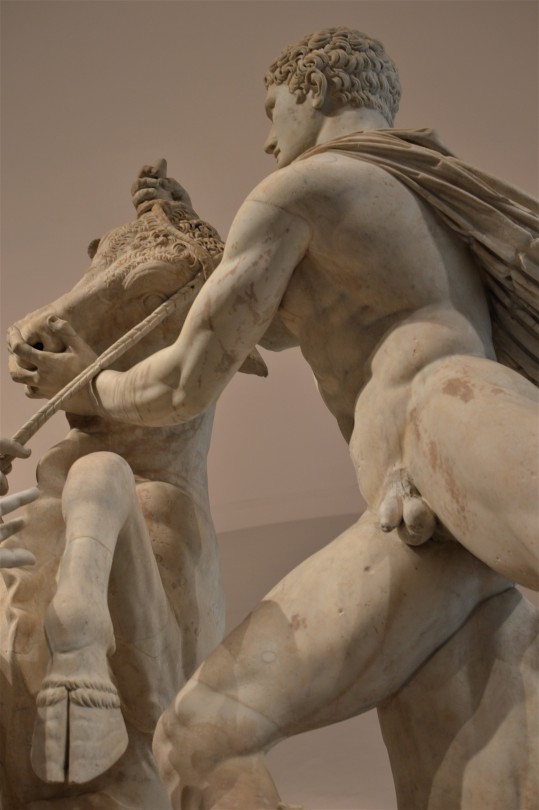


The Farnese Bull
circa 150 aC
Museo Archeologico Nazionali di Napoli
Italy/Italia
photos cjmn
257 notes
·
View notes
Photo

Detail of the ancient Roman sculpture known as the Farnese Bull
Photo by Charles Reeza at the National Archeological Museum in Naples
#marble sculpture#sculpted physique#art of ancient Rome#male nude#classical antiquity#demigod#Napoli#Italy
18 notes
·
View notes
Photo
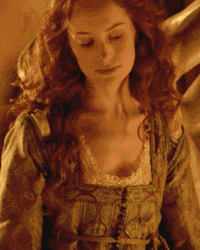
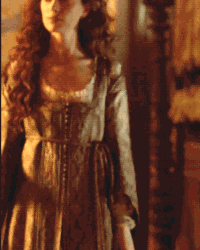
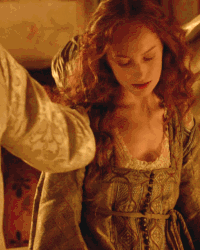
(Almost) Every Costume Per Episode + Giulia Farnese’s gold and blue sleep coat in 2x01
#The Borgias#Borgiasedit#TheBorgiasedit#perioddramaedit#Giulia Farnese#Lotte Verbeek#2x01#The Borgia Bull#weloveperioddrama#costumeedit#costumes#costume edit#costume drama#costume set#costume series#Almost Every Costume Per Episode#historical drama#1500s#1600s#renaissance#mine#awkward-sultana#NVM I'm Fabulous#period drama
82 notes
·
View notes
Text

"Most lovely to behold..."
Lorenzo Pucci
#la bella farnese#giulia farnese#giulia farnese aesthetic#white aesthetic#ceruleanblue#cerulean aesthetic#pearl aesthetic#like a painting#the borgias paintings#the borgia bull#the borgias#borgia aesthetic#lorenzo pucci
9 notes
·
View notes
Photo



the archaeology museum in Naples - always a pleasure.
36 notes
·
View notes
Photo

Farnese Bull
A massive Roman elaborated copy of a Hellenistic sculpture. It is the largest single sculpture yet recovered from antiquity in Europe.
This colossal marble sculptural group represents the myth of Dirce first wife of Lykos, King of Thebes. She was tied to a wild bull by Amphion and Zethus, the sons of Antiope, who wanted to punish Dirce for the ill-treatment inflicted on their mother.
37 notes
·
View notes

